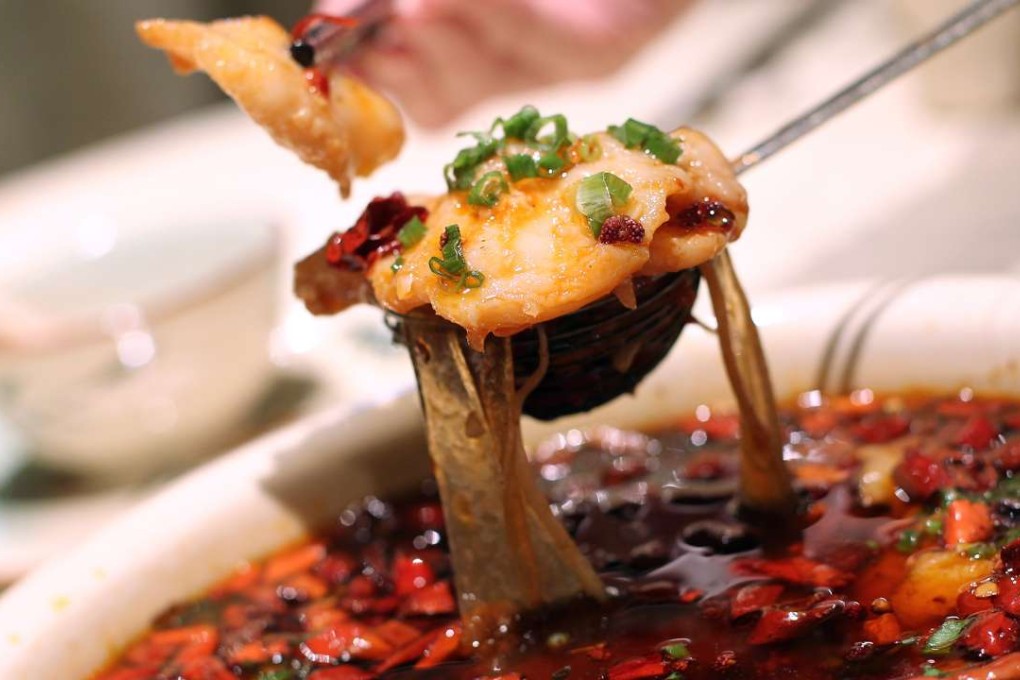Back To The Future | Sichuan cuisine and the red hot secret about globalisation

You have probably tried Sichuan cuisine if Chinese food is of any interest to you. Its liberal use of chilli peppers, Chinese corianders and other spices creates a distinctively sharp and intense flavour. Just by mentioning Sichuan food, images of hot, red chillies immediately spring to mind.
In fact, chillies came to Sichuan (四川) relatively late. It was probably the last major Chinese province where people used the ingredient in daily cooking. The first mention of it in Sichuan is to be found in the government annals of Dayi County from 1749. It took decades to become popular.
North shines light on best of Dongbe and Sichuan cuisines
By then, chilli peppers – which come from native American shrubs unknown to the rest of the world until Christopher Columbus fumbled across the ocean – had been in use in China for a century or two. They were brought by Portuguese traders to China in the 15th century and first recorded in Zhejiang (浙江) province, where people are known for their aversion to spicy food.
Chilli peppers were first kept as garden plants for their colours and exotic shapes – and not eaten. It took another three decades for them to spread to Hunan (湖南) and Hubei (湖北), where they became a hit in the kitchen. Cooks in Guizhou (貴州), perennially short of salt, also began to use chilli for seasoning. In the northeast, eating chillies caught on thanks to Korea’s influence.

Sichuan, with a culinary history renowned for millennia, was late to the party. The province was known for its fine Chinese corianders, star anise, and other spices. Until the Qing dynasty, it was China’s prime sugar-producing province. Brine wells in Zigong (自貢) are legendary. The Sichuanese have always had plenty of choice when it comes to seasoning. Then the devastating civil war in the late Ming dynasty broke out. The bandit army under Zhang Xianzhong – aka the Yellow Tiger – systematically sacked towns and cities in Sichuan, massacring their populations. The war almost totally depopulated the province. Sugar cane plantation disappeared.
